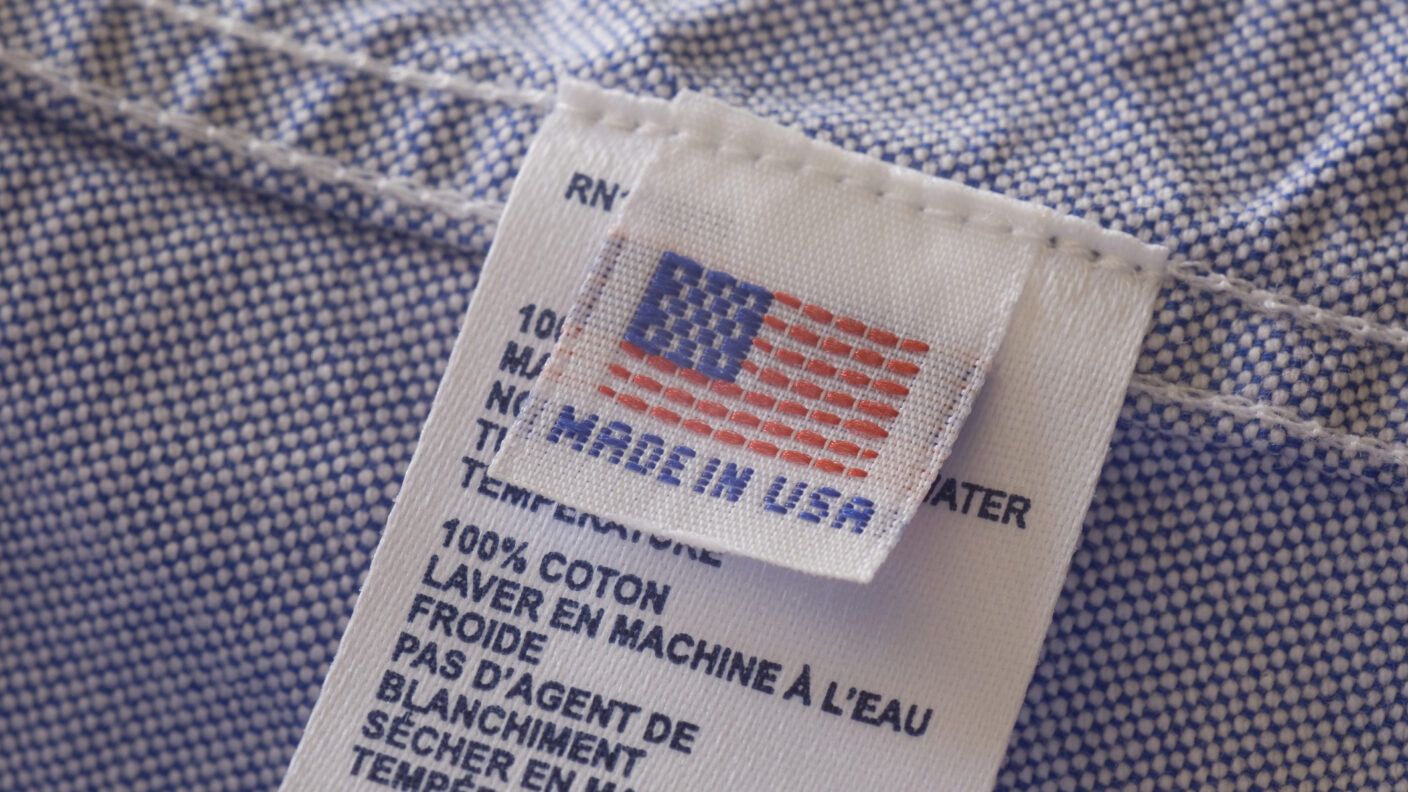How U.S. Companies Can Fight Back Against Import Competition
Texas A&M research reveals the power of marketing in the battle against Chinese imports.

A Texas A&M marketing expert says effective messaging for companies facing import threats is to emphasize their Made in America identity.
Following the turn of the millennium, many American manufacturers were caught off guard when Chinese imports began surging into the U.S. New research from Texas A&M University’s Mays Business School suggests that companies with strong marketing strategies were better equipped to weather that storm.
“It was surprising that the role of marketing in this context had been so under-researched,” said Dr. Nandini Ramani, assistant professor of marketing at Mays.
Her study, recently published in the Journal of Marketing, is the first to show how marketing leadership, strategic differentiation and customer relationships can help firms counter the effects of import competition.
A Bigger Role For Marketing

Assistant Professor of Marketing Nandini Ramani
As global trade intensifies, Ramani believes marketing will become even more critical.
“While there are global firms, customers are always local,” she said. “Marketing is the crucial function for understanding the customer and differentiating from competition.”
Her research also has implications for policymakers and business leaders. Rather than relying solely on tariffs or subsidies, firms should invest in marketing capabilities to build long-term resilience.
To ensure her findings reflected real-world dynamics, she conducted interviews with executives and analyzed business press and social media discussions.
“Marketing isn’t just about advertising,” one executive stated in the study. “It’s about strategy, innovation, and building relationships. In the battle against imports, it might just be your best defense.”
The China Shock: A Wake-Up Call
The “China Shock” refers to the dramatic rise in Chinese exports to the U.S. after the country was granted permanent normal trade relations (PNTR) status in the year 2000. This shift devastated many U.S. manufacturing industries.
“The shock led to significant declines in revenue, profit and market value for many U.S. firms,” Ramani said. “It also contributed to higher unemployment and reduced wages in affected regions.”
Her research analyzed 7,197 observations across 822 publicly listed U.S. companies.
Marketing As A Strategic Shield
Ramani found that companies with powerful marketing departments have been more resilient to the China Shock.
“Firms with more powerful marketing departments are better able to protect revenue growth against import competition,” she said. “These departments helped set strategic direction, align cross-functional teams and advocate for value-based pricing.”
Two other factors also played a key role:
- Strategic differentiation: Offering unique products, emphasizing quality and safety, or promoting a “Made in America” identity.
- Customer relationship capital: Building trust-based relationships that increase loyalty and switching costs.
What Firms Can Do
The study offers several strategies for firms facing import competition:
- Gather competitive intelligence on import pricing and quality.
- Adapt marketing strategies quickly to changing conditions.
- Target customer segments less sensitive to price.
- Emphasize unique value propositions, such as faster delivery or local service.
Effective messaging includes:
- Highlighting product quality and safety.
- Emphasizing Made in America identity.
- Educating customers on the total cost of ownership.
- Offering customization and smaller order sizes.
Real-World Lessons
Ramani’s interest in the topic is personal. Growing up in India during the 1990s’ economic reforms, she witnessed firsthand the effects of liberalization and global trade. “I grew up in the aftermath of these reforms; economic liberalization, import competition and protectionism are tremendously interesting to me,” she said.
“Marketing leadership can ensure that all departments are aligned in their efforts to combat import competition,” one executive told her. “By leading cross-functional teams, marketing can drive initiatives that enhance product offerings, customer experiences, and strengthen the brand.”
